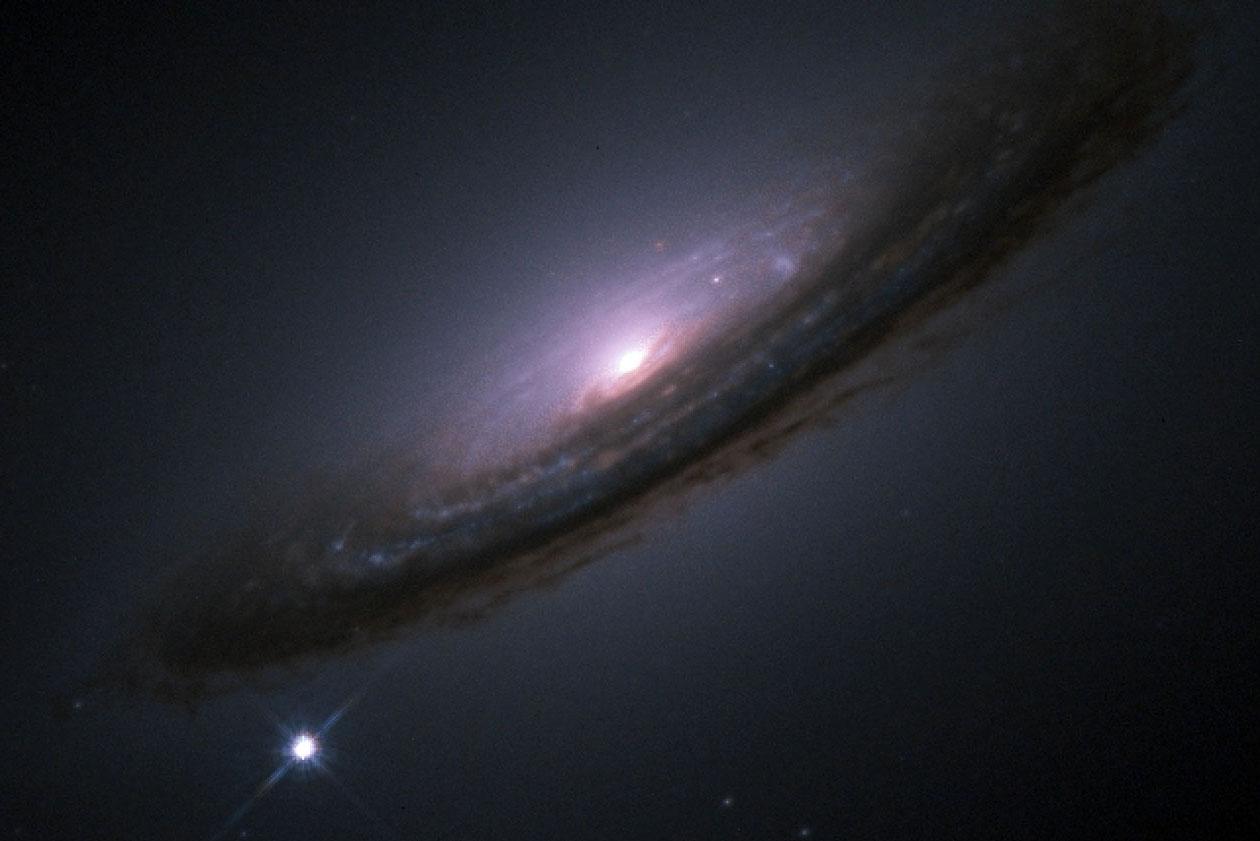The strongest material in the universe is served al dente.
This material is called “nuclear pasta,” but you won’t find it on any menu. Instead, look inside a neutron star. Neutron stars can form when a giant star goes supernova. During a supernova, the star’s core collapses, and the remaining protons and electrons get squeezed together so tightly that their nuclei touch.
Neutron stars are only fifteen miles in diameter, and seriously dense. Dense enough, in fact, that the nuclei begin to fuse. The subsequent nuclear structures take the shape of lumps, strands, and sheets—which, to a hungry scientist, might look exactly like gnocchi, spaghetti, and lasagna.
Named after these shapes, nuclear pasta represents one of the many delicacies of outer space. But it’s not exactly delicate. Nuclear pasta clocks in at ten billion times stronger than steel. NASA once calculated that a single sugar cube’s worth of such noodley goodness would weigh more than one billion tons!
Like Earth, neutron stars have a crust and core. Nuclear pasta begins in the inner crust, just about a half mile from the star’s surface. Here you’ll find gnocchi, where the nuclei have formed into globs. Farther down, the gnocchi join together into strings, or spaghetti. Go deeper into the star, and the spaghetti flattens into lasagna.
Nuclear pasta doesn’t stop there, but it does change a bit, into inverted shapes of spaghetti and gnocchi. This is called, appropriately, “anti-pasta.” Tunnels form in the lasagna sheets, and are known as anti-spaghetti. Finally, if you go deep enough into the star, you’ll find bubble shapes in the lasagna, called anti-gnocchi. Dinner, anyone?










